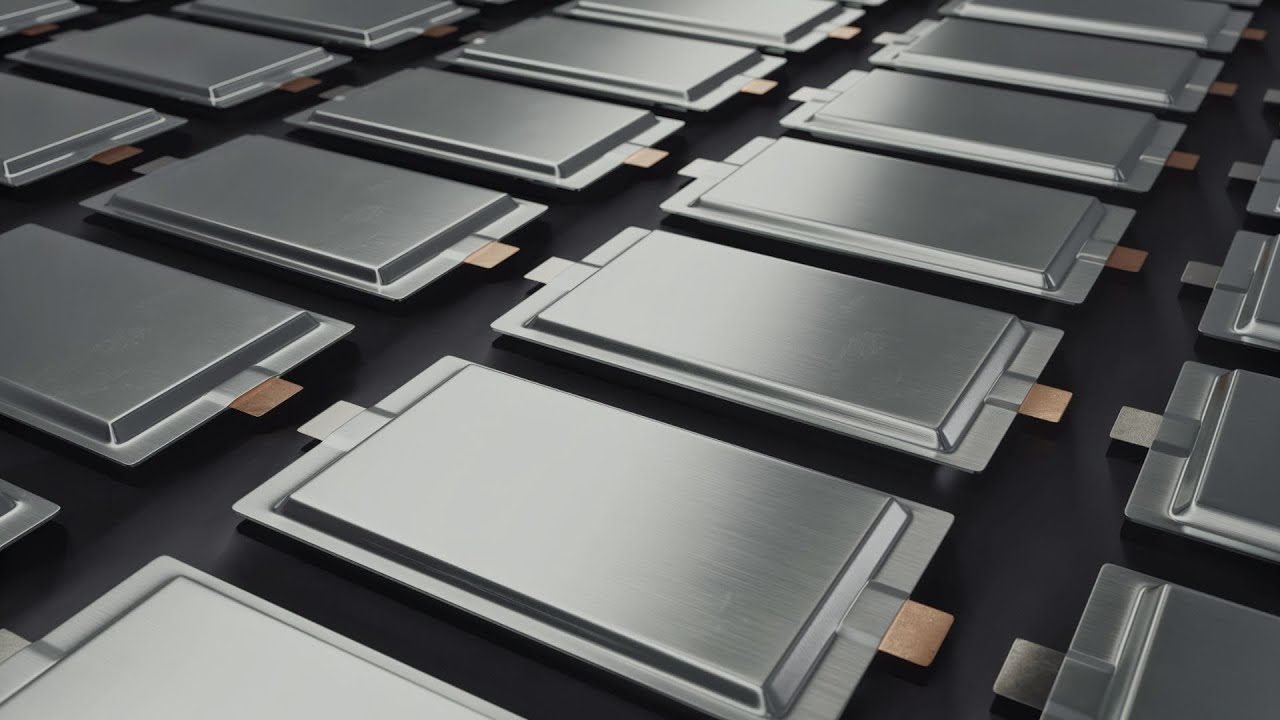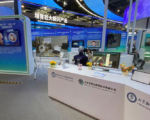Silicon anodes are emerging as the frontrunner in next-generation battery technology for electric vehicles (EVs), offering promising improvements in energy density and charging speed. While solid-state batteries were once hailed as the “holy grail” for EV sustainability, momentum in this area has waned due to persistent technical obstacles. In contrast, the potential of silicon-based anodes has spurred partnerships between automakers like Mercedes, Porsche, and GM with battery manufacturers to enhance EV performance.
A report from consultancy IDTechEx describes the potential of silicon anode materials as “immense” for key battery performance metrics, but it also highlights significant challenges, including cost, cycle life, and longevity. Venkat Srinivasan, director at Argonne National Laboratory’s Collaborative Center for Energy Storage Science, notes that silicon anodes are currently leading the battery technology race. Srinivasan highlights that while silicon anodes had a calendar life of about one year five years ago, recent advancements have extended this to three to four years, showing progress toward commercial viability.
Unlike cycle life, which counts charging and discharging cycles, calendar life measures how long a battery can maintain over 80% of its initial capacity over time. Solid-state batteries, using solid rather than liquid electrolytes, still lag behind silicon anodes in this aspect, according to Srinivasan.
Silicon anodes theoretically offer up to 10 times the energy density of conventional graphite anodes. However, they degrade faster when used in high concentrations due to significant swelling during charging, reducing battery life. Rory McNulty, a senior research analyst at Benchmark Mineral Intelligence, notes that silicon anodes and solid-state batteries represent two leading EV battery technology pathways, each pushing the boundaries of performance. He points out that solid-state batteries could stabilize high-energy materials like silicon and lithium, improving safety and longevity, yet challenges remain before they can compete effectively with silicon anodes.
Some automakers, including Toyota and Nissan, aim to bring solid-state batteries to market soon, with China’s SAIC Motor Corp planning to use solid-state batteries in its MG cars within the next year. However, analysts remain skeptical about the timeline for broad market adoption of solid-state technology.
Georgi Georgiev, battery raw materials analyst at Fastmarkets, calls silicon anodes a strategic opportunity, especially in Western markets where companies are eager to break China’s 98% share of the graphite-anode supply chain. Companies from China and South Korea to newer players like Taiwan’s ProLogium and U.S.-based Sila Nanotechnologies are exploring silicon’s potential. ProLogium recently showcased the world’s first fully silicon anode battery at the Paris Motor Show, claiming that it offers significantly reduced charging times and improved energy efficiency compared to traditional lithium-ion options.
Still, the high production cost and technical challenges of using 100% silicon anodes remain hurdles to full-scale commercialization. Georgiev anticipates that for the foreseeable future, silicon will likely be used as an additive to graphite anodes, gradually increasing silicon content over time. The shift to entirely silicon anodes may take longer due to the substantial development work required to ensure durability, cost efficiency, and compatibility with existing manufacturing processes.


















